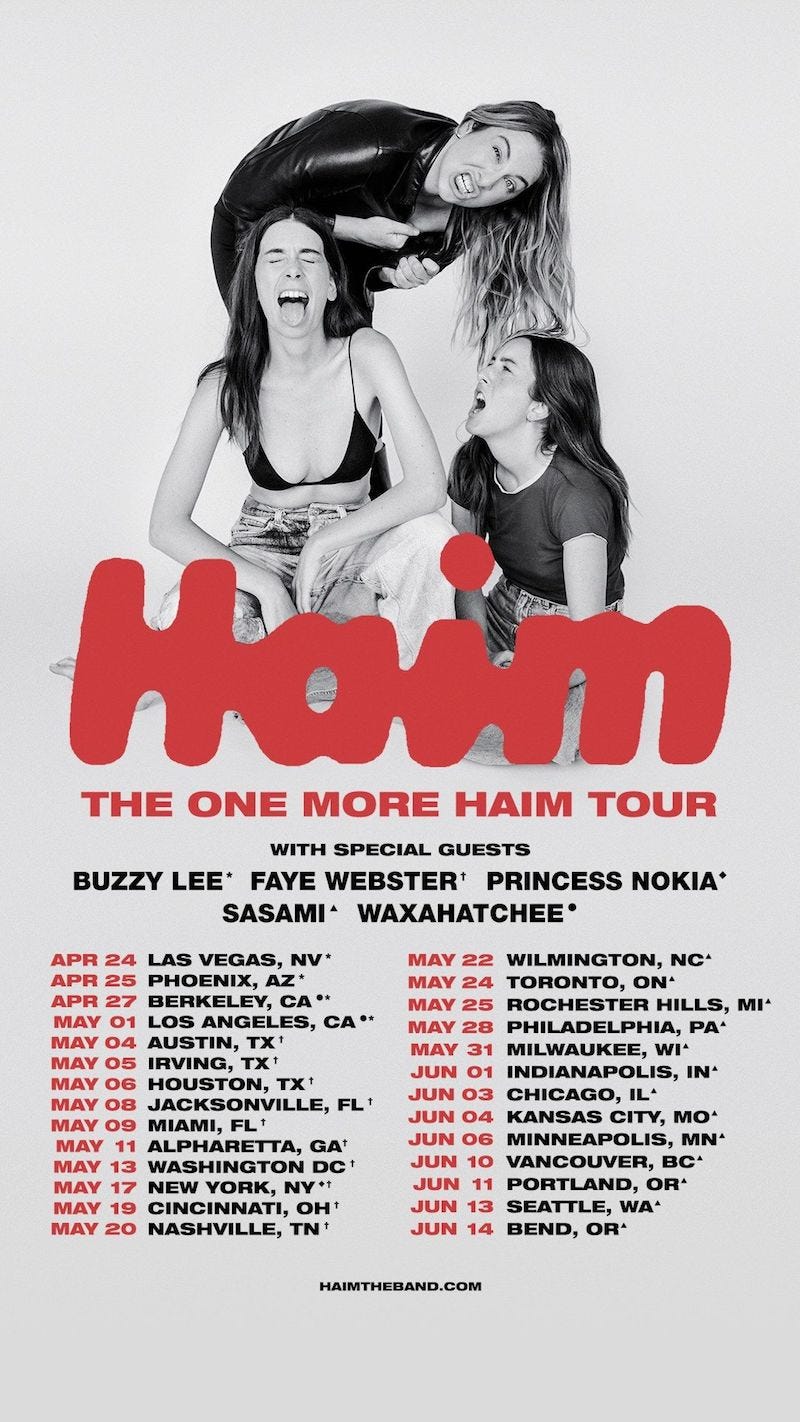The Holy Trinity of White Christian Nationalism
New York Magazine’s Intelligencer ran an interview this week with sociologists Samuel Perry and Philip Gorski. In it, the pair talked about who gets freedom in America and who gets law and order.
“I think here it’s important to understand this thing that we call the ‘holy trinity’ of white Christian nationalism: freedom, order, and violence. Which means a kind of libertarian freedom for people like us — ‘us’ being, above all, straight, white, native-born Christian men — order for everybody else, which means racial and gender order above all else, and that kind of righteous violence directed against anybody who violates that order…
Right now, their preferred packaging for the holy trinity is replacement theory. It’s very clear who is being replaced, and it’s certainly implied and often stated what needs to be done. It is interesting that the preferred means are always kind of coercive, potentially violent ones. Nobody says, ‘Well, we should really have more stringent requirements for E-Verify to make sure that people are actually citizens or have green cards in order to get employed.’ Now it’s like, ‘Let’s send more ICE guys to the border’ or ‘Let’s build the wall.’ The preferred means of enforcing the order are always coercive and potentially violent ones…
[Y]ou’ll often hear white Christian nationalists talk about taking back society or democracy for ‘we, the people.’ Citing, of course, the opening line of the Constitution. But when they say ‘we, the people,’ they mean ‘us, the people.’ And they’re saying, sotto voce, ‘Not you, who are not real Americans.’ And this sounds democratic in the sense that it’s about the people being in charge, but it’s actually anti-democratic because it excludes many American citizens from full citizenship and because it justifies various means of limiting the vote. So I find very strong correlations between white Christian nationalism and support for gerrymandering, support for the Electoral College, support for various other kinds of means of restricting the vote. I think in the longer run, something you’re hearing increasingly is that we need to create a society that’s based on biblical principles. And what they, of course, mean by this is not the beatitudes.” Read more.
Too Old to Vote is Not a Thing
“Constitutional sheriffs,” who believe local law enforcement can ignore the law and enforce any whim they would like because they are the ultimate authority in their area, are bad enough. Constitutional sheriffs who additionally decide that they are election authorities are worse still.
Bolts tells the story of Racine County, Wisconsin’s sheriff. He decided that people in nursing homes were being coerced into voting. His only evidence was one child of a resident who decided her mother was too cognitively impaired to vote, which is not a thing without a very specific court action. The 10-month “investigation, despite resulting in no charges, seems poised to throw more gasoline onto a common conspiracy theory in election fraud circles: the idea that older people, portrayed here as helpless, are taken advantage of during the voting process…Janet Zander, the Advocacy & Public Policy Coordinator for the Elder Law & Advocacy Center, said there was no serious problem with absentee voting in nursing homes during the 2020 election. She is more concerned about the impact of investigations like [the sheriff’s] and the baseless claims of election fraud it has helped bolster — not just in the legislature, but within care facilities during future elections.” Read more.
An Appreciation: Haim
I couldn’t quite imagine what a Haim concert would be like before we saw them in Indianapolis this week. Their catalog is varied — badass rockers and family band wunderkinds, cutting and wounded — so I had to wonder how it would all come off. Turns out, it comes off by doing it all and weaving styles and poses throughout the night.
Moments as a drums-bass-guitar trio, moments of just their voices and a spotlight, moments of fist-pumping rock show. Pissed off at an ex now, gentle on my mind later. Sticking their tongues out while playing a riff or strutting around with a Pride flag as a cape (“Sounds gay? I’m in!”), followed by three-part harmony, followed by between-song schtick.
At one point, they even did a little choreographed dance break. It wasn’t good, exactly, but you could see them as kids practicing in front of the mirror. They have this thing they want to share — a song, a dance, a story, a dumb joke. The through line was the joy of making music and performing. A rolling boil of passion and fun the whole evening.
Heavy Rotation
You Love to See It…
Circling Back…
Say It Plain…




